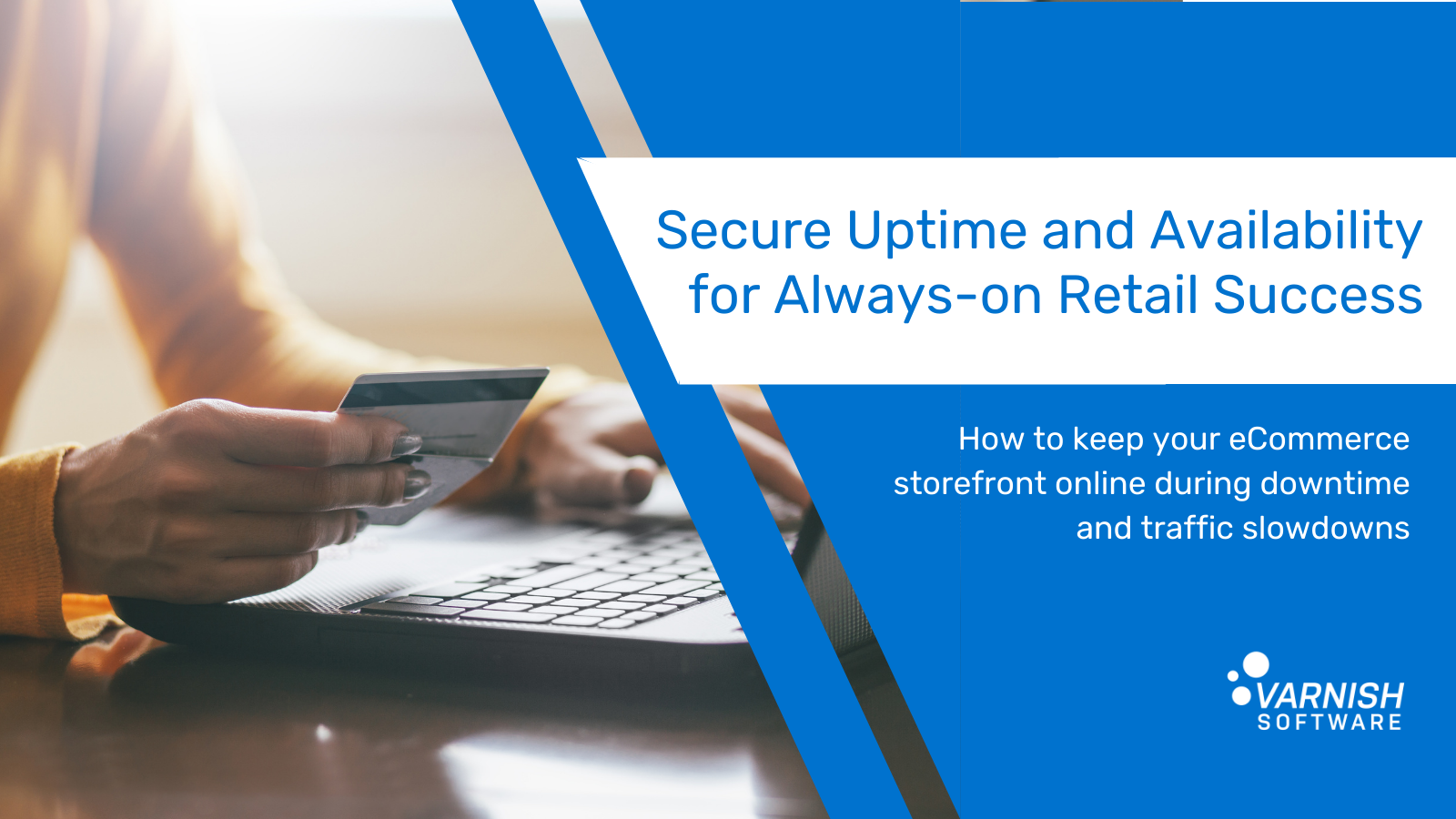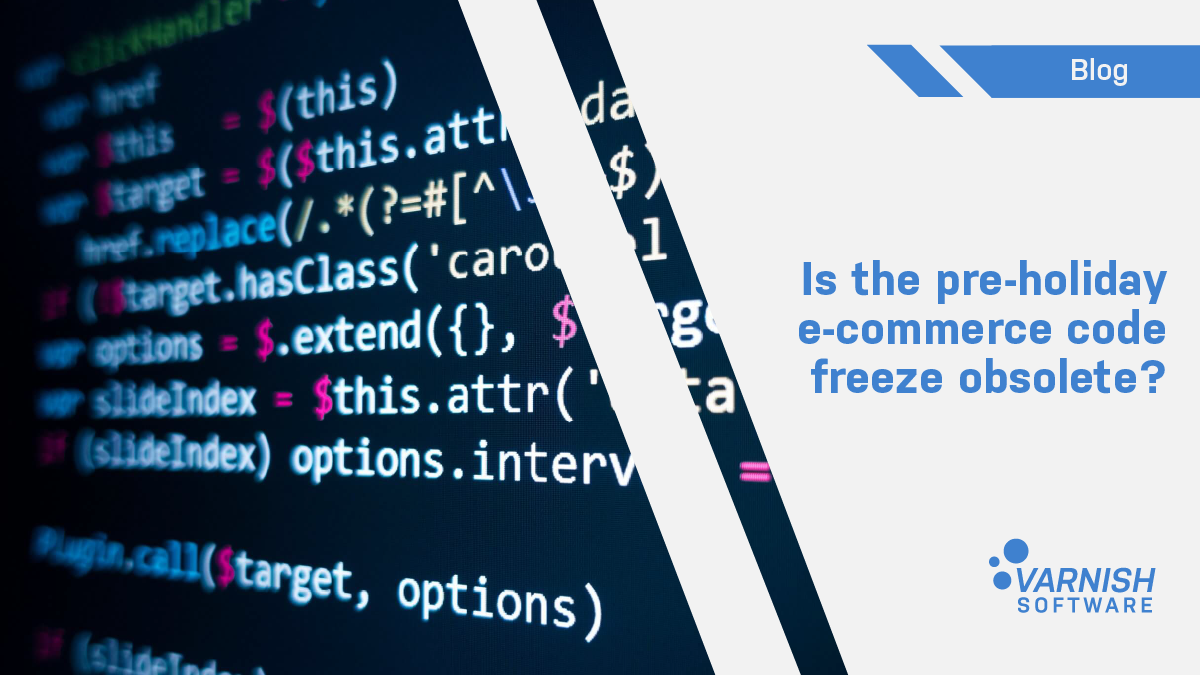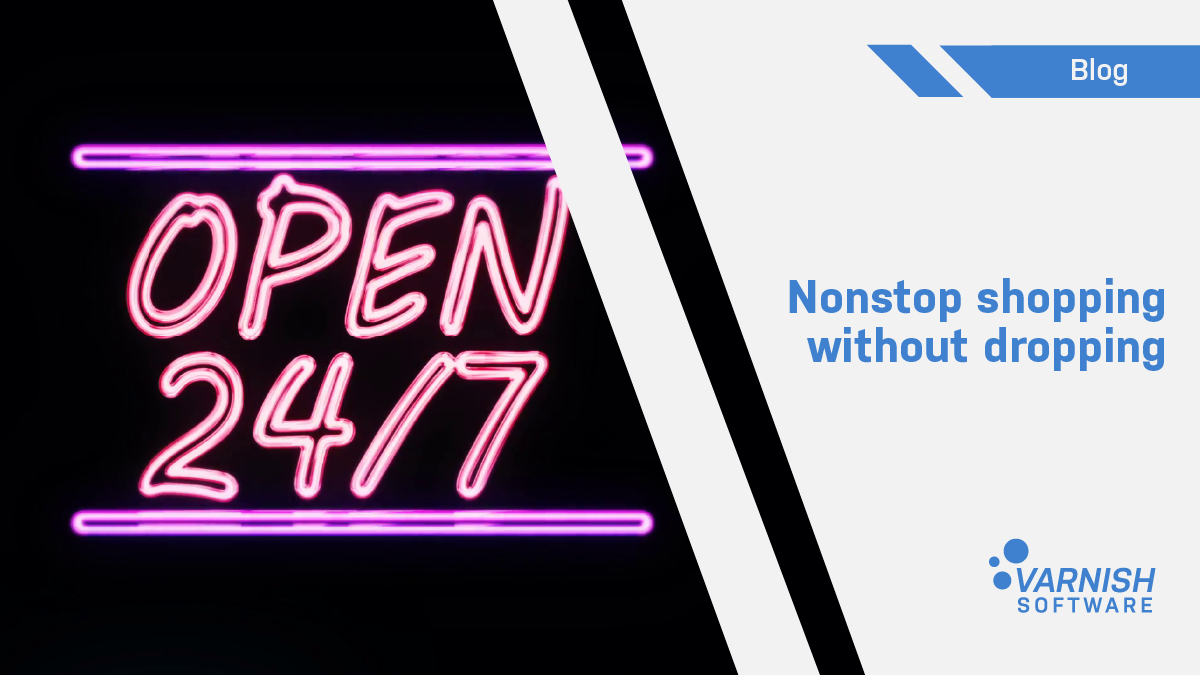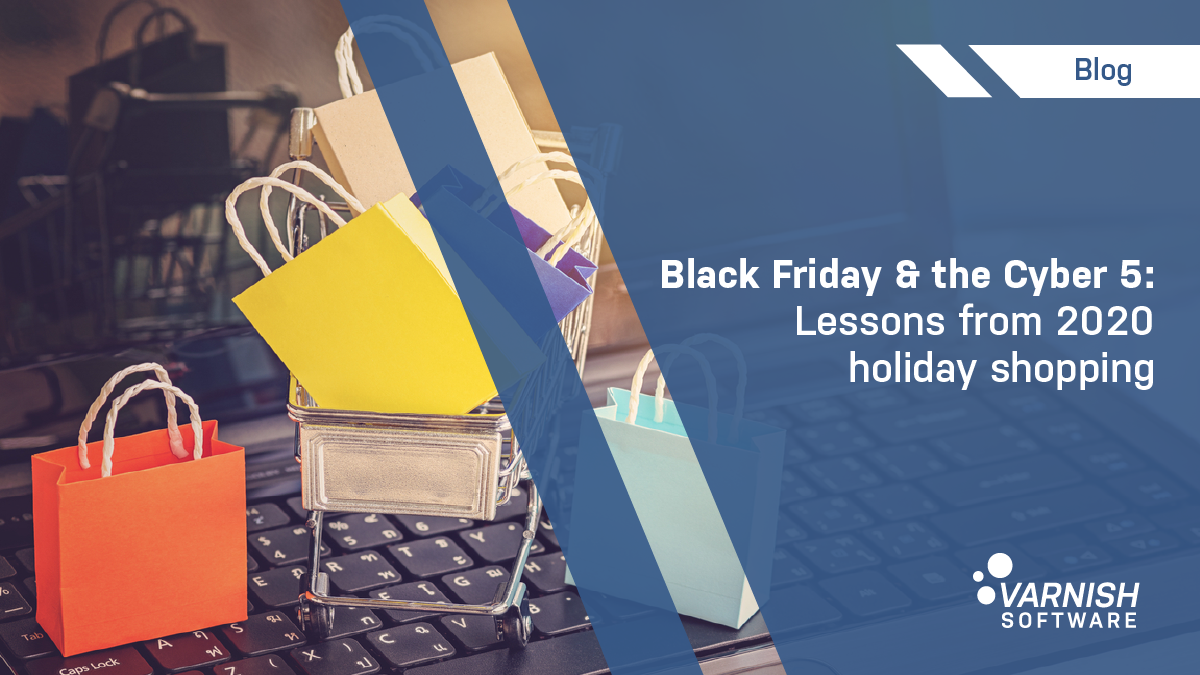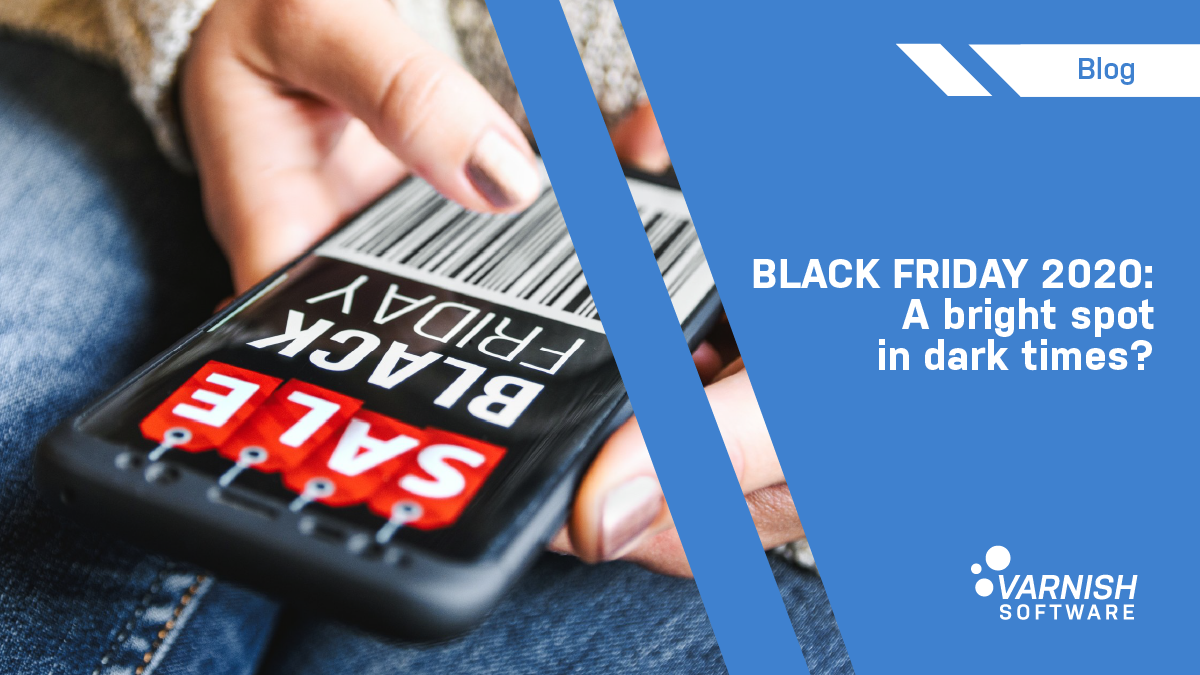Follow The Rabbit
e-commerce
Latest Articles
- Ian Vaughan
- October 5, 2021
For online retail companies, downtime is the worst-case scenario. Downtime or traffic slowdowns lead to a number of...
e-commerce
optimizing mobile for e-commerce
optimize mobile content delivery
e-commerce strategy
mobile e-commerce
mCommerce
- Alexandra Lehner
- April 8, 2021
With the always-on nature of e-commerce in a world changed by a pandemic, retailers of all kinds have shifted toward...
- Miles Weaver
- March 30, 2021
Online retailers have lived and died by the pre-Black Friday/holiday season code freeze almost since the dawn of...
high availability
e-commerce
origin shield
intelligent caching
e-commerce performance
high performance
e-commerce strategy
- Jonatan Lindgren
- March 16, 2021
In 2021, as the Covid pandemic that pushed e-commerce into the dominant way of shopping, it became clear that existing...
e-commerce
web performance
holiday shopping
Black Friday
optimizing mobile for e-commerce
Singles' Day
Amazon Prime Day
cyber five
- Alexandra Barcelona
- December 2, 2020
The 2020 Cyber Five shopping period broke all previous records for Cyber Five spending, coming in at about 38 billion...
e-commerce
Black Friday
web performance black friday
e-commerce strategy
cyber five
mobile e-commerce
- Alexandra Barcelona
- November 24, 2020
Thanks to Covid-19, 2020 has been a year in which e-commerce leapt ahead of all expectations to achieve a decade’s...
SUBSCRIBE TO OUR BLOG
SEARCH OUR BLOG
Explore articles from Varnish experts on web performance, advanced caching techniques, CDN optimization and more, plus all the latest tips and insights for enhancing your content delivery operations.
/VS-logo-2020-197x60.png?width=136&height=60&name=VS-logo-2020-197x60.png)
